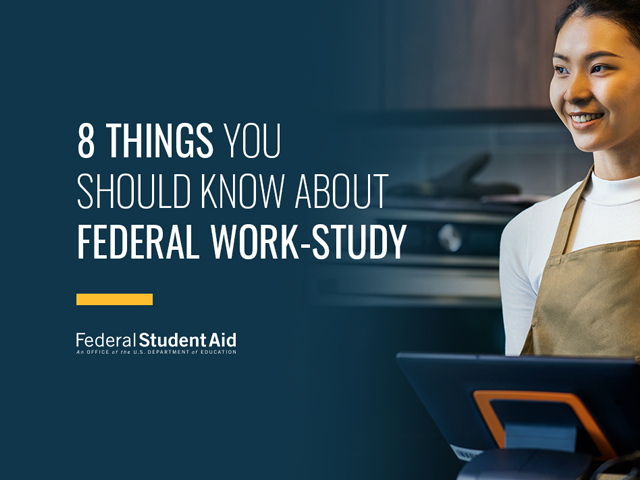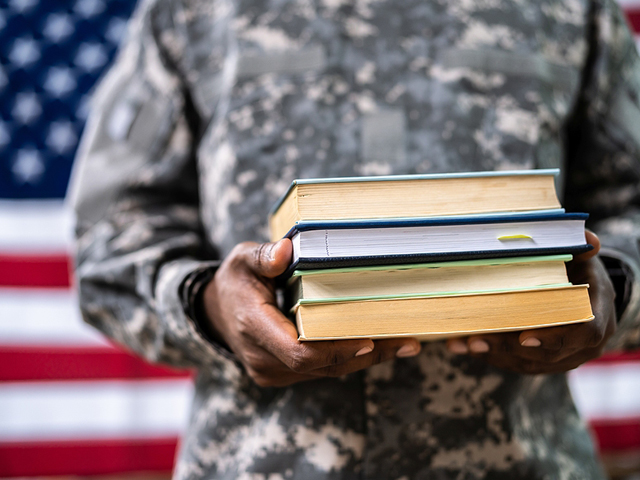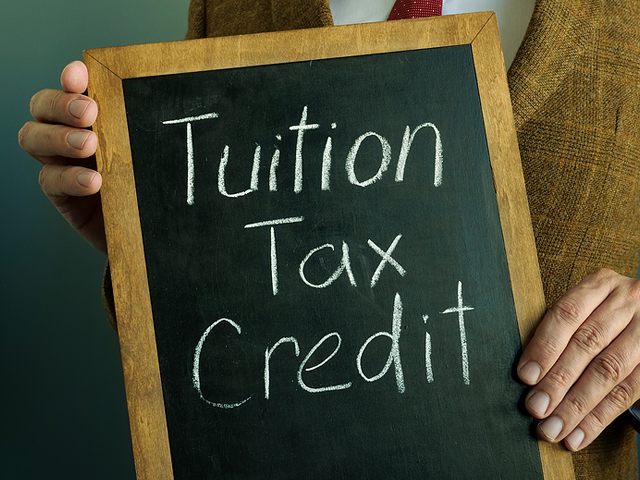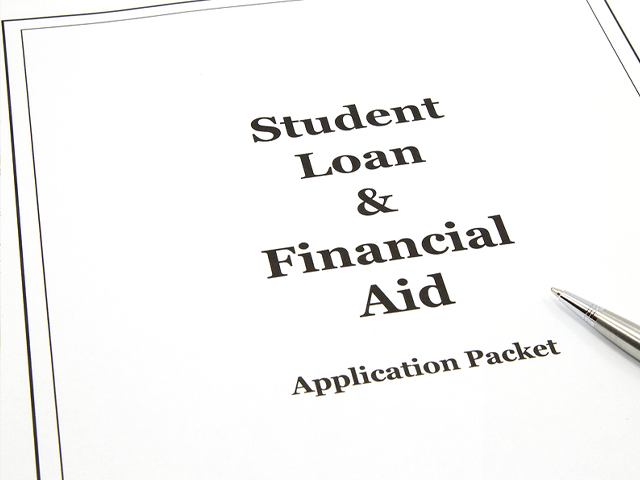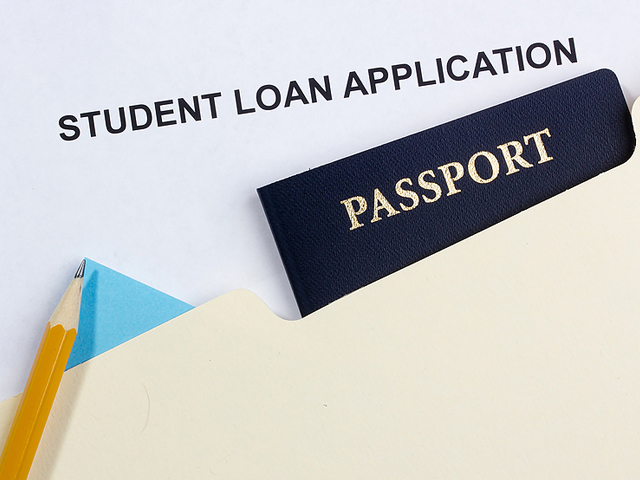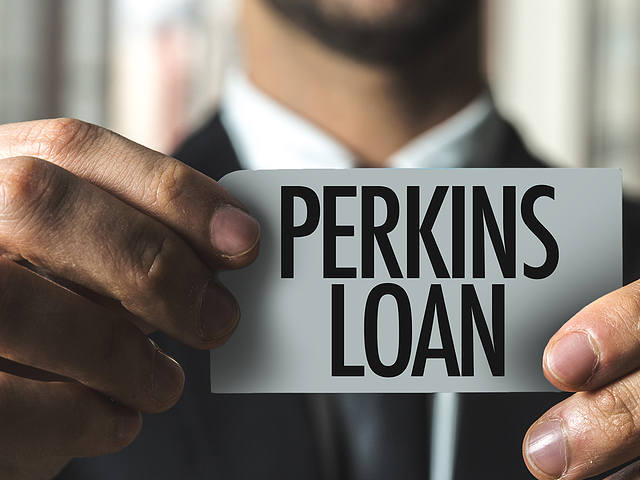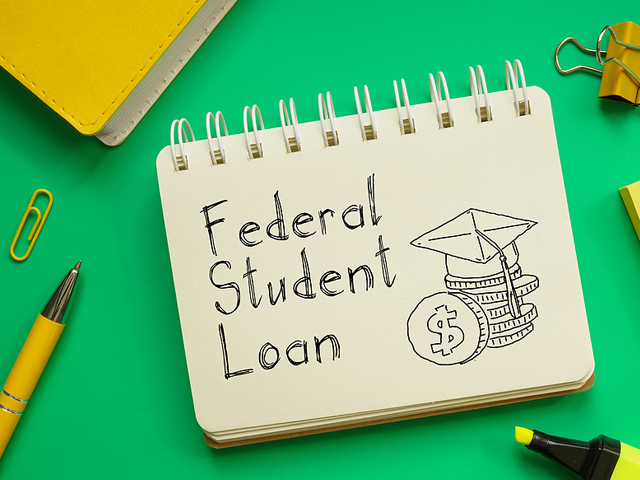
There are some circumstances where people have their federal student loans discharged, canceled, or forgiven. Here is a breakdown of the different kinds of loan forgiveness.
What Is Loan Forgiveness?
Cancellation, forgiveness, or discharge of your student loan may happen under specific circumstances. This means that you do not have to repay a portion or all of your loan.
What Are the Differences Between Discharge, Forgiveness & Cancellation?
While the terms discharge, cancellation and forgiveness may sound the same, they are used in specific ways in certain circumstances. If your job situation makes it so that it is no longer necessary to make loan payments, this is typically referred to as cancellation or forgiveness.
If other circumstances have dictated that it is no longer necessary to make loan payments, including having the school you received your loans from close or being subject to permanent and total disability, this is typically referred to as discharge.
What Are the Different Types of Forgiveness, Cancellation, and Discharge?
Read the following summaries to understand the various kinds of discharge, cancellation, and forgiveness circumstances for various kinds of federal student loans.
Perkins Loan Cancellation and Discharge
The following information strictly applies to Federal Perkins Loans.
It may be possible to have a portion or the entirety of your Perkins loan canceled based on your volunteer or employment service. Under specific conditions, you may be able to have this loan discharged, including Perkins Loan Teacher Cancellation.
Public Service Loan Forgiveness
Public Service Loan Forgiveness is available strictly for Direct Loans
If you work for a not-for-profit or government organization, you might be eligible for loan forgiveness under the PSLF or Public Service Loan Forgiveness Program. The PSLF forgiveness offers loan forgiveness on your Direct Loans once 120 monthly qualifying payments have been made while working full-time for an employer who qualifies and relying on a qualifying repayment plan.
Learn more about the PSLF Program to see whether you might qualify.
What Is Closed School Discharge?
Closed School Discharge is offered for Perkins Loans, FFEL Program Loans and Direct Loans.
You may qualify for federal student loan discharge in the event your school closes soon after you withdraw or while you are enrolled.
Learn about the eligibility requirements for closed school discharge and how you can apply.
Total and Permanent Disability Discharge
Total and Permanent Disability Discharge is offered for FFEL Program Loans, Direct Loans and Perkins Loans.
In the event you become permanently or completely disabled, you may qualify for Teacher Education Assistance for College and Higher Education (TEACH) Grant service obligation or discharge of your federal student loans.
What Is Teacher Loan Forgiveness?
Teacher Loan Forgiveness is offered for FFEL Program loans and Direct Loans.
If you work for five consecutive years at a low-income secondary school, elementary school, or educational service agency as a teacher, you might be eligible for loan forgiveness up to $17,500 on your FFEL Program Loans or your Direct Loan.
Learn more about the Teacher Loan Forgiveness Program, eligibility requirements, and how to apply.
Discharge in Bankruptcy
This happens in rare instances and is offered for Perkins Loans, FFEL Program Loans and Direct Loans.
In certain instances, your federal student loan may be discharged after you declare bankruptcy. However, this process is not automatic.
Learn about the process required to have federal student loans discharged in bankruptcy.
Borrower Defense Loan Discharge
Borrower Defense is available for Direct Loans.
If your school misled you or engaged in other misconduct in violation of certain state laws, you may be eligible for borrower defense to loan repayment. This is the discharge of some or all of your federal student loan debt.
Learn about borrower defense to repayment process, eligibility requirements, and how to apply.
False Certification Discharge
False Certification Discharge applies to FFEL Program Loans and Direct Loans.
If your institution offered false certification for your eligibility to receive a loan, you may qualify for a federal student loan discharge.
Learn about false certification discharge to see if you qualify and how to apply.
Unpaid Refund Discharge
Unpaid Refund Discharge is offered for FFEL Program Loans and Direct Loans.
In the event you withdrew from school and the institution did not return your loan funds to the loan servicer, as required, you may qualify for having a portion of your federal student loans discharged.
Learn more about the unpaid refund discharge to see if you might qualify.
Discharge Due to Death
A Discharge Due to Death is offered for Perkins Loans, FFEL Program Loans and Direct Loans.
In the event of the borrower’s death or of the student that a PLUS loan was taken out on their behalf, federal student loans will be discharged.
Learn more about discharge due to death and what documentation is needed for discharge.
Steps Required to Apply for Forgiveness
If you think you qualify for forgiveness, check with your loan servicer to get the details. For Perkins Loans, contact the loan servicer the school utilizes or the school itself for more information. Note that for Public Service Loan Forgiveness and Teacher Loan Forgiveness, you might not receive a benefit for the same period of service or qualifying loan payments.
Parent Borrowers Eligibility
A Parent PLUS loan can be discharged in the event of death, as with loans made to students, if you – and not the student on their behalf who the loan was obtained for – become permanently or completely disabled. The loan may also become discharged in bankruptcy. If the child for whom the Parent PLUS loan was taken out for passes away, the loan may be discharged.
Additionally, a portion, or the rest of the Parent PLUS Loan may be discharged under the following situations:
If the loan eligibility was certified falsely by the school; if the student left and withdrew from the school and they did not pay any loan money refund required under applicable regulations and laws; if the student who was borrowed for did not finish their program due to a school closure and lastly, if the loan was certified falsely via identity theft.
How To Cover Loan Payments During the Application Review Period
There is some time for your application to be reviewed if you are applying for any discharge, cancellation, or loan forgiveness. Speak with your loan servicer to determine if you are required to continue making regular payments while they are reviewing your application. It is important to protect your credit rating and ensure that you understand the fine print during the review process.
What Happens When My Application Is Approved?
When you qualify for discharge, cancellation, or loan forgiveness, you are not obligated to continue making loan payments. If you qualify to have a portion of your loan discharged, note that you are required to repay the remaining balance.
If you are approved for some kind of loan discharge, you may additionally get a refund for some or all of your loan payments. Any unsavory credit history information regarding delinquency or loan default will be removed from your credit score. If the loan was listed in default the discharge will rectify the status. If you have not defaulted on any other loans, you will regain the opportunity to apply for federal student aid in the future.




